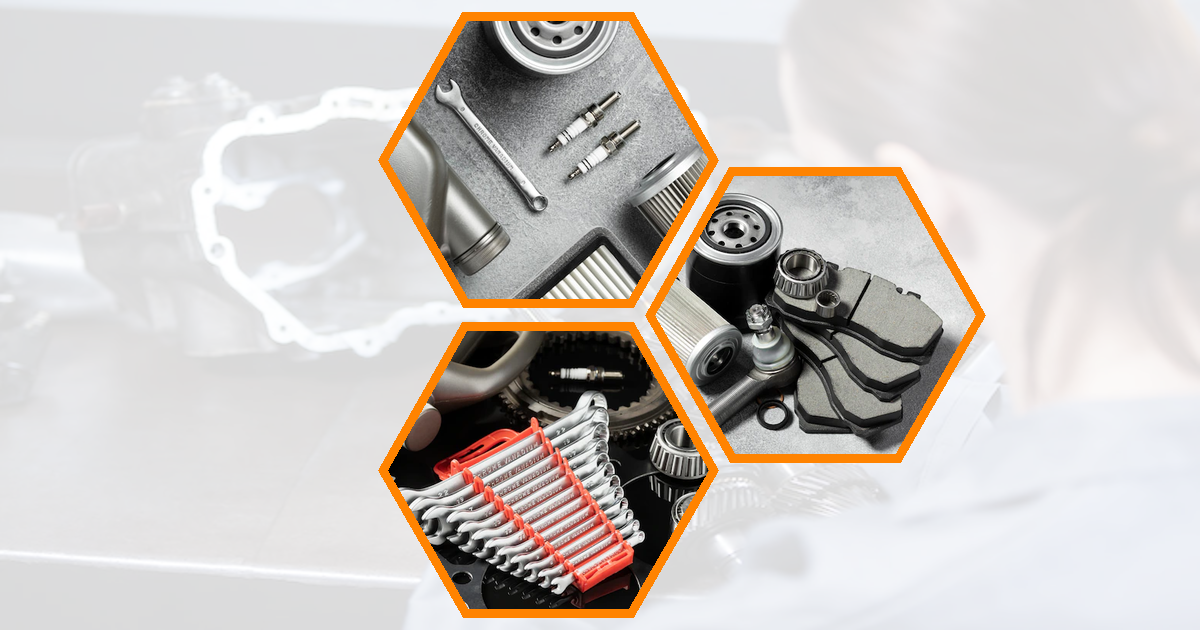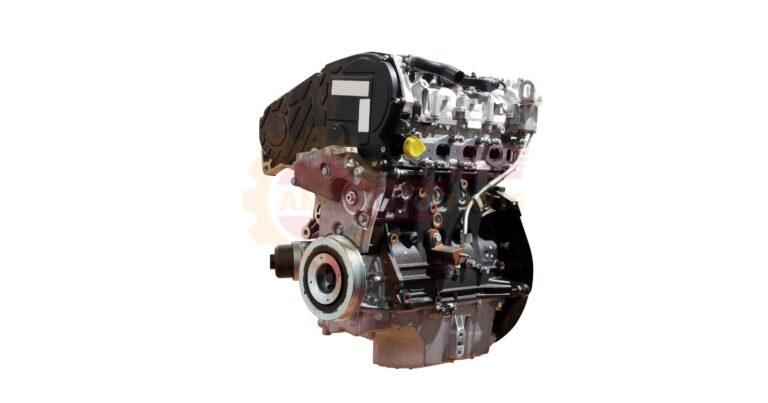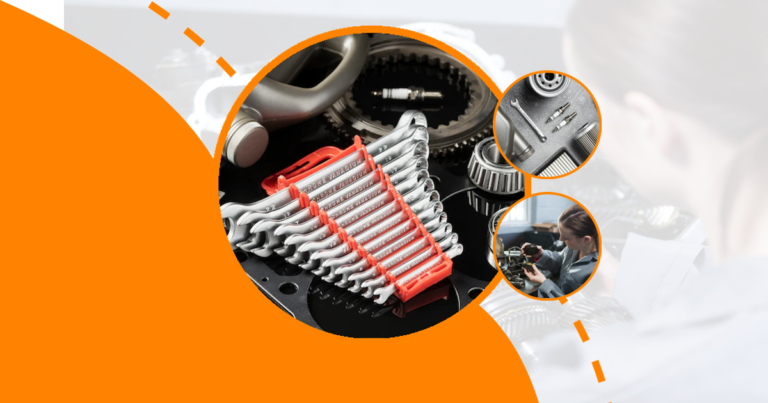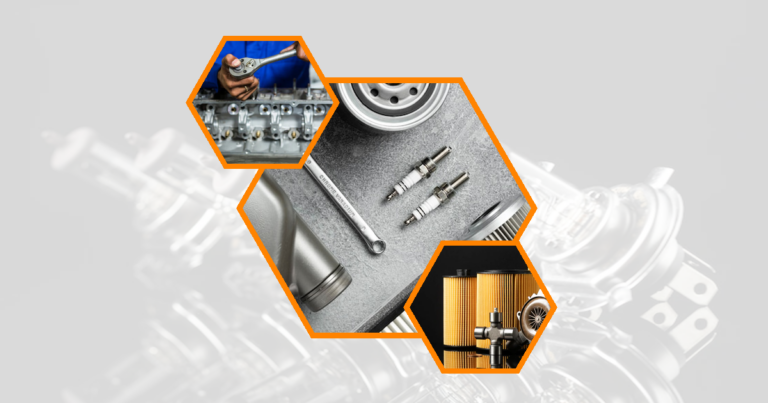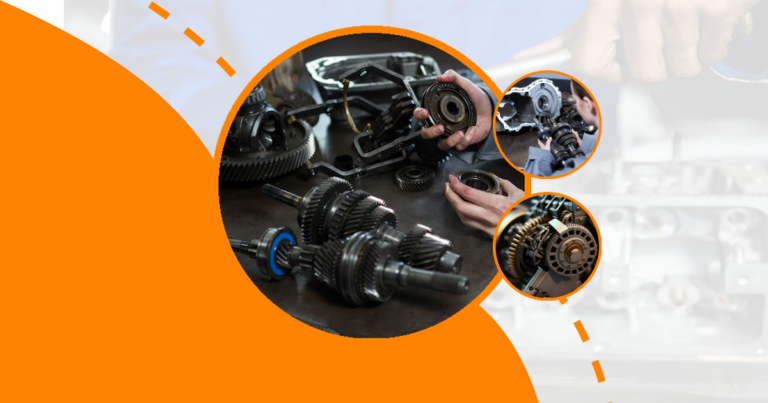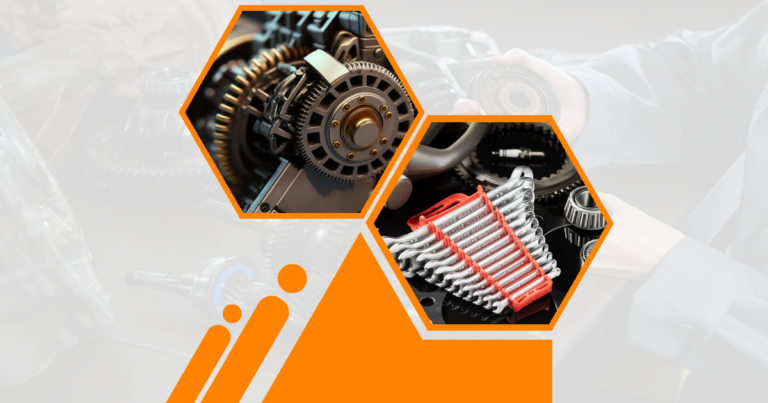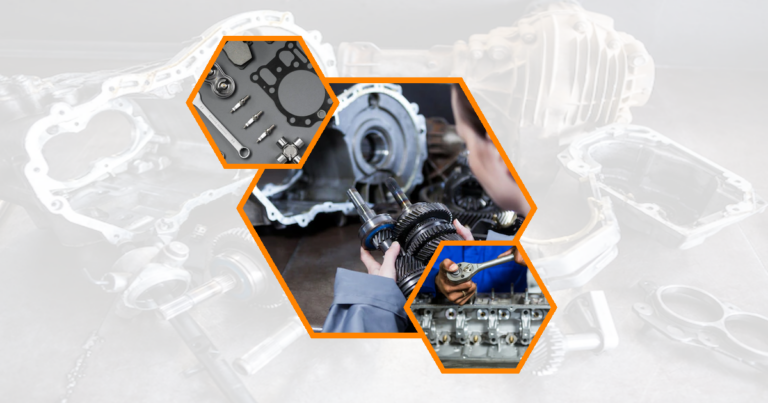In the world of automotive parts manufacturing, ensuring quality control is paramount. The industry is governed by a myriad of standards and compliance requirements that ensure the safety, reliability, and performance of automotive components. This article delves into the essential aspects of quality control in automotive parts manufacturing, focusing on certifications, compliance, and best practices.
Certifications and Standards in Aftermarket Parts Quality
Common Certifications for Aftermarket Parts
Certifications play a crucial role in maintaining the quality of aftermarket automotive parts. They provide a benchmark for manufacturers to meet and assure consumers of the product’s reliability.
ISO (International Organization for Standardization) Certifications
ISO certifications are globally recognized standards that ensure products meet international quality and safety benchmarks. In the automotive industry, ISO 9001 is particularly significant as it focuses on quality management systems.
- ISO 9001 ensures consistent quality in manufacturing processes.
- It helps in improving customer satisfaction by meeting regulatory requirements.
- ISO certifications are often a prerequisite for entering international markets.
CAPA (Certified Automotive Parts Association)
CAPA certification is specific to the automotive industry, ensuring that aftermarket parts meet or exceed the quality of original equipment.
- CAPA-certified parts undergo rigorous testing for fit, form, and function.
- This certification helps in reducing the risk of part failure.
- It enhances consumer confidence in aftermarket products.
NSF (National Sanitation Foundation)
NSF certification, while traditionally associated with food safety, also applies to automotive parts, ensuring they meet specific safety and quality standards.
- NSF certification involves independent testing and verification.
- It ensures that parts are free from harmful substances.
- NSF-certified parts are often preferred by environmentally conscious consumers.
E-Mark and SAE (Society of Automotive Engineers)
E-Mark and SAE certifications are essential for parts used in vehicles operating in Europe and the United States, respectively.
- E-Mark certification is mandatory for parts sold in the European Union.
- SAE standards ensure parts meet the technical specifications required in the U.S.
- Both certifications are crucial for manufacturers aiming for global reach.
The Importance of Quality Control in Automotive Parts Manufacturing
Ensuring Safety and Reliability
Quality control is vital in ensuring the safety and reliability of automotive parts. It minimizes the risk of defects that could lead to accidents or vehicle malfunctions.
- Regular inspections and testing are integral to quality control.
- Ensuring safety reduces the likelihood of costly recalls.
- Reliable parts enhance the overall performance of vehicles.
Meeting Regulatory Requirements
Compliance with regulatory requirements is non-negotiable in the automotive industry. It ensures that parts meet legal standards and are safe for use.
- Regulatory compliance prevents legal issues and fines.
- It involves adhering to both national and international standards.
- Meeting these requirements is essential for market access.
Enhancing Brand Reputation
A strong focus on quality control can significantly enhance a brand’s reputation. Consumers are more likely to trust brands that consistently deliver high-quality products.
- Quality control leads to positive customer reviews and recommendations.
- It differentiates a brand in a competitive market.
- A good reputation can lead to increased sales and customer loyalty.
Compliance and Regulations for Automotive Parts Inventory Management
OSHA Regulations
The Occupational Safety and Health Administration (OSHA) sets standards to ensure safe working conditions in the manufacturing sector.
- OSHA regulations help prevent workplace accidents.
- Compliance involves regular safety audits and employee training.
- Adhering to these standards is crucial for maintaining a safe work environment.
Environmental Protection Agency (EPA) Guidelines
The EPA provides guidelines to minimize the environmental impact of manufacturing processes.
- Compliance with EPA guidelines involves reducing emissions and waste.
- It includes using eco-friendly materials and processes.
- Following these guidelines is essential for sustainable manufacturing.
Industry-Specific Standards
Different segments of the automotive industry have specific standards that manufacturers must adhere to.
- These standards ensure parts meet the unique requirements of different vehicle types.
- They involve rigorous testing and quality assurance processes.
- Adhering to industry-specific standards is crucial for product compatibility.
Record-Keeping Requirements
Accurate record-keeping is essential for compliance and quality control in automotive parts manufacturing.
- It involves maintaining detailed records of production processes and inspections.
- Good record-keeping helps in traceability and accountability.
- It is crucial for managing recalls and addressing quality issues.
Best Practices for Quality Assurance in Automotive Parts Production
Implementing Robust Quality Management Systems
A robust quality management system (QMS) is the backbone of effective quality assurance in automotive parts production.
- A QMS helps in standardizing processes and reducing variability.
- It involves continuous monitoring and improvement of production processes.
- Implementing a QMS is essential for maintaining consistent product quality.
Conducting Regular Audits and Inspections
Regular audits and inspections are critical components of quality assurance.
- They help in identifying and addressing potential quality issues.
- Audits ensure compliance with industry standards and regulations.
- Regular inspections lead to early detection of defects, reducing the risk of recalls.
Utilizing Advanced Testing Methods
Advanced testing methods are essential for ensuring the quality and performance of automotive parts.
- These methods include non-destructive testing and computer simulations.
- They provide accurate data on the durability and reliability of parts.
- Utilizing advanced testing methods helps in maintaining high-quality standards.
The Role of Certifications in the Automotive Aftermarket Industry
Building Consumer Trust and Confidence
Certifications play a vital role in building consumer trust and confidence in aftermarket automotive parts.
- Certified parts are perceived as more reliable and trustworthy.
- They provide assurance of quality and safety to consumers.
- Building trust leads to increased customer loyalty and repeat business.
Differentiating Products in a Competitive Market
In a competitive market, certifications can help differentiate products and give manufacturers a competitive edge.
- Certified products stand out in a crowded marketplace.
- They are often preferred by consumers over non-certified alternatives.
- Differentiation through certification can lead to increased market share.
Ensuring Compatibility and Performance
Certifications ensure that aftermarket parts are compatible with a wide range of vehicles and perform as expected.
- They involve rigorous testing for fit, form, and function.
- Ensuring compatibility reduces the risk of part failure.
- Certified parts enhance the overall performance of vehicles.
Managing Recalls and Product Safety Issues Through Proper Parts Inventory Tracking
Implementing Effective Traceability Systems
Effective traceability systems are crucial for managing recalls and ensuring product safety.
- They involve tracking parts from production to end-use.
- Traceability helps in quickly identifying and addressing defective parts.
- Implementing these systems is essential for minimizing the impact of recalls.
Developing Rapid Response Protocols
Rapid response protocols are necessary for addressing product safety issues promptly.
- They involve predefined procedures for handling recalls and safety concerns.
- Rapid response minimizes the risk of harm to consumers.
- Developing these protocols is crucial for maintaining brand reputation.
Communicating with Stakeholders
Effective communication with stakeholders is vital during recalls and product safety issues.
- It involves transparent communication with consumers, regulators, and suppliers.
- Keeping stakeholders informed helps in managing expectations and reducing panic.
- Good communication is essential for maintaining trust and confidence.
Inventory Segmentation and Management for Automotive Parts
Categorizing Parts Based on Criticality and Demand
Inventory segmentation involves categorizing parts based on their criticality and demand.
- Critical parts require higher levels of quality control and monitoring.
- Demand-based categorization helps in optimizing inventory levels.
- Effective segmentation leads to improved inventory management.
Optimizing Stock Levels and Reorder Points
Optimizing stock levels and reorder points is essential for efficient inventory management.
- It involves balancing inventory costs with service levels.
- Optimized stock levels reduce the risk of stockouts and overstocking.
- Effective management of reorder points ensures timely replenishment.
Implementing Just-in-Time (JIT) Inventory Strategies
Just-in-Time (JIT) inventory strategies help in reducing inventory costs and improving efficiency.
- JIT involves producing and delivering parts as needed.
- It reduces the need for large inventory holdings.
- Implementing JIT strategies leads to cost savings and improved cash flow.
The Impact of Quality Control on Customer Satisfaction and Brand Loyalty
Reducing Warranty Claims and Returns
Effective quality control reduces the likelihood of warranty claims and returns.
- It involves rigorous testing and inspection of parts.
- Reducing defects leads to fewer customer complaints.
- Lower warranty claims enhance customer satisfaction and brand loyalty.
Improving Overall Vehicle Performance
High-quality automotive parts contribute to improved overall vehicle performance.
- Quality parts ensure smooth and reliable vehicle operation.
- They reduce the risk of breakdowns and maintenance issues.
- Improved performance leads to increased customer satisfaction.
Enhancing Customer Experience
Quality control plays a significant role in enhancing the customer experience.
- It ensures that customers receive reliable and high-performing products.
- A positive experience leads to repeat business and referrals.
- Enhancing customer experience is crucial for building brand loyalty.
Leveraging Technology for Improved Quality Control and Compliance
Implementing Advanced Quality Management Software
Advanced quality management software is essential for improving quality control and compliance.
- It automates quality control processes and reduces human error.
- The software provides real-time data and analytics for decision-making.
- Implementing advanced software leads to improved efficiency and accuracy.
Utilizing IoT and Sensors for Real-Time Monitoring
The Internet of Things (IoT) and sensors provide real-time monitoring of manufacturing processes.
- They help in detecting and addressing quality issues promptly.
- Real-time monitoring leads to improved process control and efficiency.
- Utilizing IoT and sensors enhances overall quality control.
Adopting Artificial Intelligence for Predictive Quality Control
Artificial Intelligence (AI) is revolutionizing quality control through predictive analytics. Eco-friendly automotive components are car parts that help reduce pollution and save energy They include things like electric motors recycled materials and special filters that make vehicles better for the environment
- AI helps in identifying potential quality issues before they occur.
- It involves analyzing data to predict and prevent defects.
- Adopting AI leads to proactive quality control and reduced defects.
Sustainable Practices in Automotive Parts Manufacturing and Quality Control
Reducing Environmental Impact
Sustainable practices in manufacturing focus on reducing environmental impact.
- They involve minimizing waste and emissions.
- Sustainable practices lead to cost savings and improved efficiency.
- Reducing environmental impact is essential for long-term sustainability.
Implementing Eco-Friendly Materials and Processes
Using eco-friendly materials and processes is crucial for sustainable manufacturing.
- It involves selecting materials that are recyclable and biodegradable.
- Eco-friendly processes reduce the use of harmful chemicals.
- Implementing these practices enhances brand reputation and compliance.
Meeting Sustainability Standards and Certifications
Meeting sustainability standards and certifications is essential for responsible manufacturing.
- It involves adhering to guidelines for environmental and social responsibility.
- Sustainability certifications enhance brand reputation and marketability.
- Meeting these standards is crucial for long-term success.
FAQs
What are the main quality standards for automotive parts?
The main quality standards for automotive parts include ISO, CAPA, NSF, E-Mark, and SAE certifications. These standards ensure that parts meet specific quality, safety, and performance benchmarks. Adhering to these standards is crucial for manufacturers to ensure product reliability and consumer safety.
How do automotive parts manufacturers ensure quality control?
Automotive parts manufacturers ensure quality control through rigorous testing, inspections, and adherence to industry standards. They implement robust quality management systems and conduct regular audits to maintain high-quality standards. These practices help in minimizing defects and ensuring product reliability.
What are the consequences of using non-compliant automotive parts?
Using non-compliant automotive parts can lead to serious safety risks and legal issues. Non-compliant parts may fail to meet safety and performance standards, leading to vehicle malfunctions and accidents. Additionally, manufacturers may face fines and damage to their reputation for using non-compliant parts.
